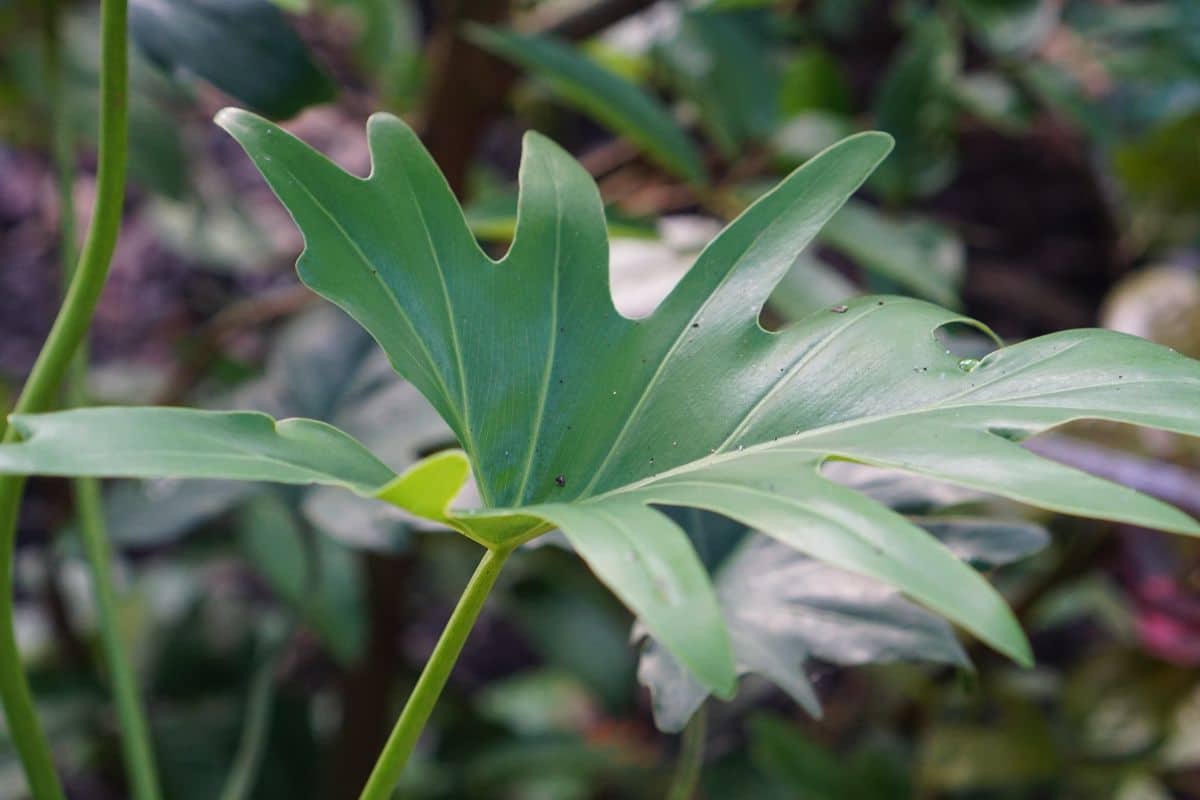The heart leaf philodendron, scientifically known as Philodendron hederaceum, has captured the hearts of plant enthusiasts worldwide with its charming foliage and remarkably forgiving nature. This tropical beauty features cascading vines adorned with glossy, heart-shaped leaves that bring a touch of jungle elegance to any indoor space. Whether you’re a complete beginner or an experienced gardener looking to expand your collection, understanding the fundamental requirements of this beloved houseplant will ensure it thrives for years to come. The journey to successfully cultivating this stunning specimen begins with mastering a few essential growing principles that mirror its natural rainforest habitat.
Understanding light requirements for optimal philodendron growth
Heart leaf philodendrons demonstrate remarkable adaptability when it comes to lighting conditions, though understanding their preferences makes all the difference between a struggling plant and a thriving one. These tropical natives naturally grow beneath the forest canopy, where they receive filtered, dappled sunlight rather than direct exposure. In your home environment, placing your philodendron near an east or north-facing window typically provides ideal conditions.
The plant tolerates lower light levels better than many houseplants, making it perfect for offices or rooms without abundant natural illumination. However, insufficient light results in leggy growth with leaves spaced far apart along the stem. If you notice your philodendron developing pale, smaller leaves or stretching toward the nearest light source, it’s signaling a need for brighter conditions. Conversely, direct afternoon sunlight can scorch the delicate foliage, creating unsightly brown patches.
For those growing heart leaf philodendrons in particularly dim spaces, supplemental artificial lighting proves beneficial. LED grow lights positioned approximately twelve to eighteen inches above the plant provide the spectrum needed for healthy development. Just as you might consider planting zones for outdoor gardening, understanding your indoor light zones helps you position your philodendron strategically throughout your living space.
Mastering watering techniques and humidity preferences
Watering represents one of the most crucial aspects of heart leaf philodendron care, yet it’s where many plant parents stumble. These plants prefer consistently moist soil during the growing season, but they absolutely detest waterlogged conditions that lead to root rot. The golden rule involves checking the top two inches of soil before watering; when this layer feels dry to the touch, it’s time to water thoroughly.
During spring and summer, you’ll typically water every seven to ten days, depending on your home’s temperature and humidity levels. Winter months require significantly less frequent watering as plant growth naturally slows. Pour water until it drains freely from the bottom holes, ensuring the entire root system receives moisture. Always empty the drainage tray after fifteen minutes to prevent the plant from sitting in standing water.
Humidity plays an equally important role in keeping your philodendron happy and healthy. These rainforest natives thrive in environments with 60 to 80 percent relative humidity, though they tolerate typical household levels reasonably well. If you notice browning leaf edges or tips, increasing humidity often resolves the issue. Regular misting, pebble trays filled with water, or placing your plant near a humidifier all provide effective solutions for creating that tropical atmosphere your philodendron craves.
Selecting soil, containers, and fertilization strategies
The foundation of successful heart leaf philodendron cultivation begins with choosing appropriate growing medium and containers. These plants demand well-draining, aerated soil that retains some moisture while allowing excess water to escape freely. A high-quality potting mix designed for aroids works perfectly, or you can create your own blend combining peat moss, perlite, and orchid bark in equal proportions.
Some growers enhance their potting mix with amendments like coffee grounds, which provide additional nutrients and improve soil structure. The container selection matters just as much as the soil itself. Choose pots with adequate drainage holes to prevent water accumulation. Terra cotta containers offer excellent breathability, though they dry out faster than plastic alternatives.
Fertilization fuels vigorous growth and maintains those gorgeous, deep green leaves. During spring and summer, feed your philodendron with a balanced, water-soluble fertilizer diluted to half strength every four to six weeks. Consider the following nutrient guidelines :
- Use a 20-20-20 NPK ratio for balanced growth
- Apply liquid fertilizer only to moist soil to prevent root burn
- Reduce feeding frequency to once every eight weeks during winter
- Flush the soil with plain water quarterly to prevent salt buildup
Monitoring your plant’s response to fertilization helps you adjust the schedule. Yellowing lower leaves sometimes indicate nutrient deficiency, while brown leaf tips suggest fertilizer salt accumulation requiring leaching.
Propagation methods and common growing challenges
Multiplying your heart leaf philodendron collection proves remarkably straightforward, making it perfect for sharing with friends or expanding your own jungle. The stem cutting method delivers the most reliable results. Select a healthy stem section with at least two or three nodes, cutting just below a node with clean, sharp scissors. Place cuttings in water or directly into moist potting mix.
Water propagation allows you to observe root development, typically visible within two to three weeks. Once roots reach two inches long, transfer your cutting to soil. This process shares similarities with timing considerations for transplanting other garden plants, though philodendrons prove far more forgiving. Change the water every few days to maintain freshness and prevent bacterial growth.
Despite their resilient nature, heart leaf philodendrons occasionally encounter problems. Pest infestations, particularly spider mites, aphids, and mealybugs, sometimes occur. Regular inspection helps catch infestations early, when they’re easiest to manage. Much like understanding which plants attract specific insects, knowing common philodendron pests helps you prevent problems before they escalate.
Yellow leaves typically signal overwatering or inadequate drainage, while brown, crispy edges indicate low humidity or inconsistent watering. If your philodendron develops a leggy appearance, increase light exposure and consider pruning to encourage bushier growth. Similar to caring for other tropical plants, maintaining consistent environmental conditions prevents most issues. Remember that slight leaf dropping during seasonal transitions remains perfectly normal and doesn’t necessarily indicate a problem requiring intervention.









